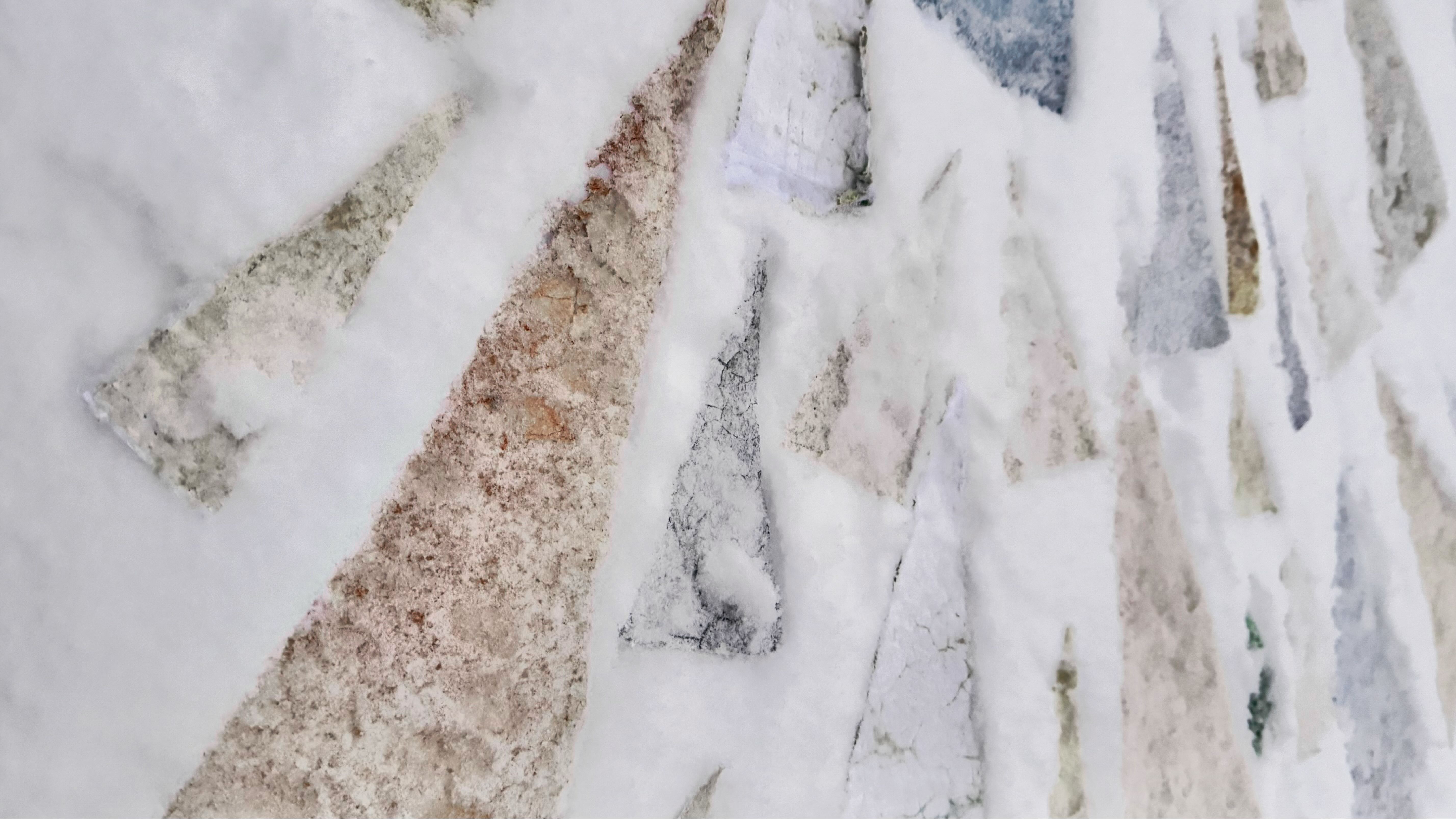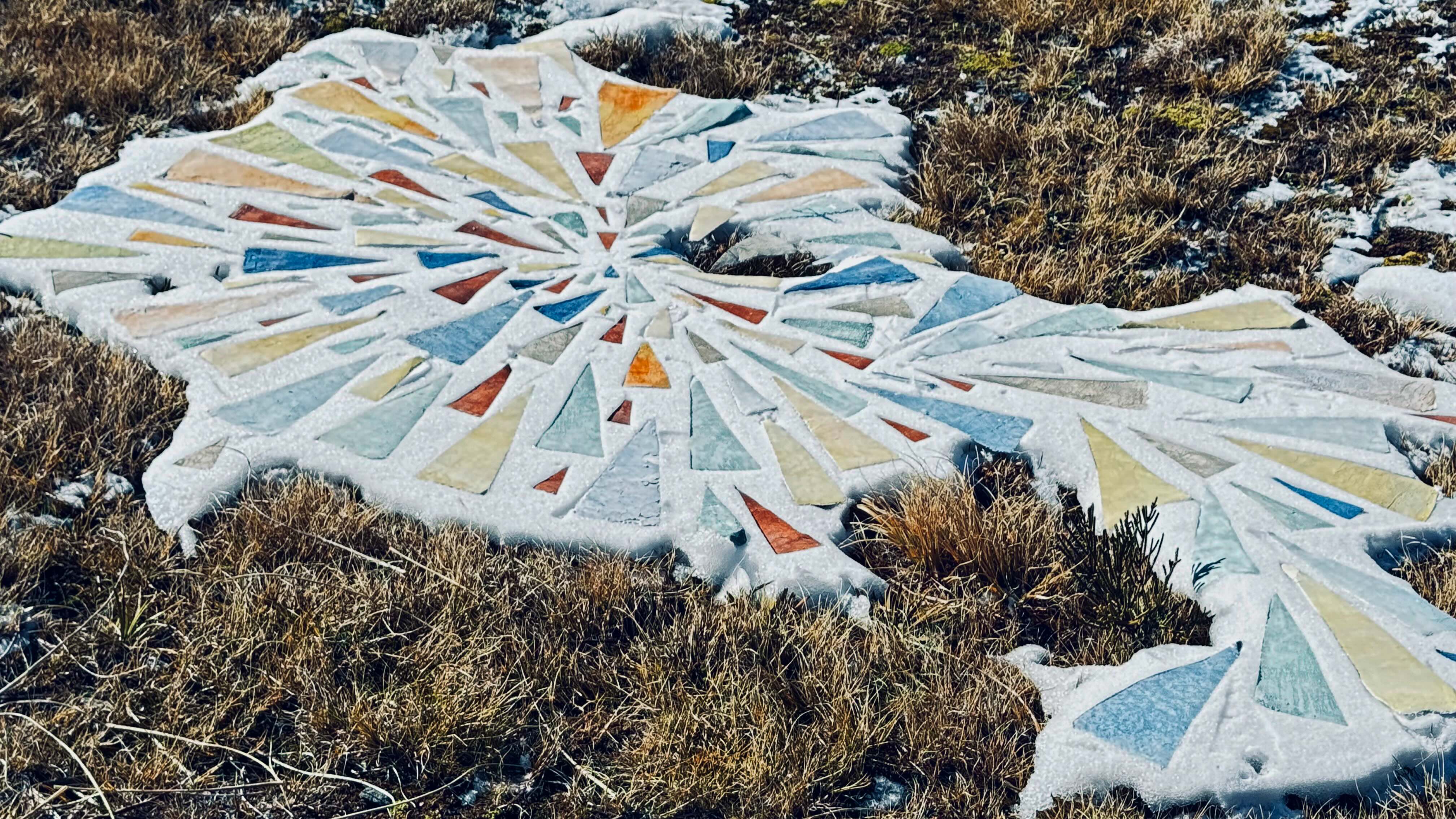Wayfinders, 2024
I pay my respects to the Ngāi Tahu, whose lands in Te Waka-o-Aoraki in Aotearoa/New Zealand I was grateful to visit in May 2024. Observing the tapu status of the mountain in Māori lore, I acknowledge the importance of the ancestral mountain Tititea, brother of Aoraki, and stand in support of the Tino rangatiratanga of their descendants, as recognised in Te Tiriti o Waitangi.









Acknowledgements
For processing and printing of photographs in the landscape for exhibition, I thank the legendary Les Walkling.
For the invitation to exhibit these images and the wayfinders themselves as part of The Anxiety Project at The Art Room and later at the Dax centre, I thank artists Erika Gofton, Ilona Nelson, Jacqui Stockdale and Betra Farval.
This work would not have been possible without the Kenneth Myer Residency awarded by Martyn and Louise Myer at the Whare Kea Chalet in May 2023. Research into the Maori history of the area has been facilitated by Ben Taylor and Monika Ciolek.
A further iteration of the Wayfinders will be exhibited at Australian Galleries in 2025.
Wayfinders
The stone skin moved out of the studio in the form of metaphoric way finders situated in the landscape during an artist residency in New Zealand, a meditation on the loss of the cryosphere and the consequent experience of losing one’s way. The way finders meander, point towards each other or swirl in arcs towards an empty centre like a flock.
I cut the wayfinding arrows from fresco skins as a way of navigating the strangeness of a new landscape through making a material connection to the ground. Out walking, I placed them in patches of snow, along frozen tarns and gullies, a small visual intervention to grow familiarity with the topography through slow looking. Each stain is drawn from the colour of the sky, stone, or vegetation recorded at different times of the day and night. The various sizes recede, echoing the elastic nature of distance in the mountains or the movement of wind barbs on a meteorological chart.
The rhythmic making of the arrows created a relationship between the present, my childhood visiting Switzerland, and a deeper ancestral past, in which my forebears created frescoed wayfaring shrines along high-altitude paths, where offerings could be made to ensure safe passage.
Laid out in the sun, rapid melting confined the way finders to an ever-diminishing patch of snow moving our awareness towards disintegration and change, away from an idea of the singularly transcendent towards an experience of the immanence of the world, a “matter-flow” (Ingold 2012).
On our last night at the chalet, I laid them out on the outside table under gently falling snow and in the morning, they were frozen stiff and could be laid into grooves made with an egg slice in the snow. We dug them out from below and arranged them into a playful topography – these images became emblematic of the time at Whare Kea Chalet and the sense of renewal brought by the rapidly transforming landscape.
Sarah Tomasetti 2024